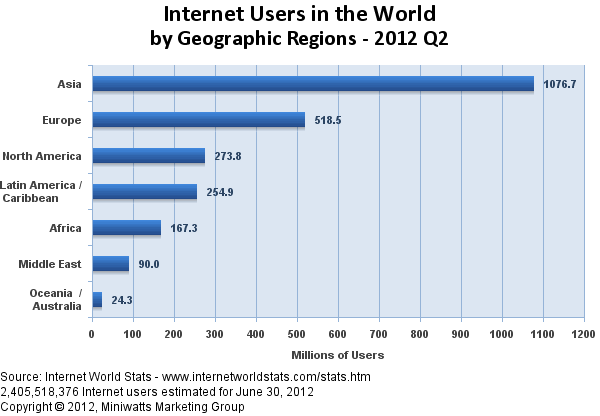Online Learning Part 2 – How Did Online Learning Come to Be?
by Mark Sivy
In tracing the roots of online learning, it is first necessary to put forth a basic understanding of what sets online learning apart from other forms of learning. For the purpose of this article, online learning is learning that takes place via the Internet when there is a lack of physical presence between the learner and instructor due to geographic separation. Given this perspective, evidence of learning at-a-distance is seen in a 1728 advertisement for a Boston mail-based correspondence course for learning shorthand. Recognized formal education at-a-distance can be found as early as 1858 at the University of London and in 1873 through the Society to Encourage Studies at Home in Boston. Early forms of technology-enhanced distance learning are found in the early 1900s with the use of new technologies such as the radio, slide projector, and motion picture. Starting in the 1940s, television provided another medium for distance learning. The first noted use of computers that formed an organized and connected system of learning was PLATO (Programmed Logic for Automatic Teaching Operations) in 1960 at the University of Illinois. With the conception of the World Wide Web in 1989 by Tim Berners-Lee and it being made publicly available in 1993, modern forms of online education began developing.
learning are found in the early 1900s with the use of new technologies such as the radio, slide projector, and motion picture. Starting in the 1940s, television provided another medium for distance learning. The first noted use of computers that formed an organized and connected system of learning was PLATO (Programmed Logic for Automatic Teaching Operations) in 1960 at the University of Illinois. With the conception of the World Wide Web in 1989 by Tim Berners-Lee and it being made publicly available in 1993, modern forms of online education began developing.
Today’s online learning occurs through the use of digital devices such as personal computers, laptops, tablets, or mobile phones that are connected to educational content, events, and activities via the Internet. Depending upon personal choices, needs, and resource availability, web-based learning is available in a variety of formats from instructor-led massive open online courses (MOOCs) to self-paced personalized web-based tutorials. Online learning usually involves gaining access to rich learning environments, experiences, and events which might otherwise not be possible in a typical classroom.
At the level of primary grades, online learning is usually limited to teacher-led activities in the classroom or parent-monitored web-based activities at home. At the secondary level, online learning options become more varied and with increased individual access. For higher education and adult education, learners typically have open access to a variety of digital technologies which allow full access and use of web-based learning resources.
Today online learning is often and incorrectly, used interchangeably with e-learning. In actuality online learning is a subset of e-learning, which actually encompasses all forms of teaching and learning through the use of educational technologies whether via the Internet, a network, or a standalone system. This broad expanse of e-learning includes multimedia learning, computer-based training (CBT), virtual learning environments, and mobile learning.
 In summary, online learning involves achieving intended learning outcomes using a digital device that has access to web-based educational content, resources, events, and activities.
In summary, online learning involves achieving intended learning outcomes using a digital device that has access to web-based educational content, resources, events, and activities.
“Education is not the filling of a pail, but the lighting of a fire.” ~W. B. Yeats


